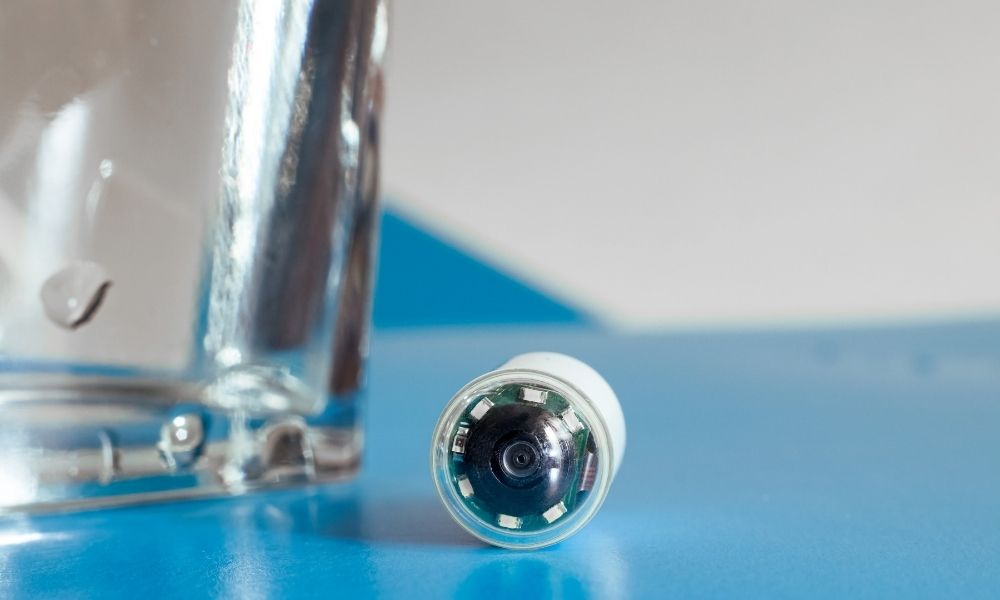- Corporate
- Clinic
- Diseases
- Digestive System Diseases
- Bad Breath
- Gastroesophageal Reflux
- Achalasia
- Esophageal Strictures
- Esophageal Cancer
- Eosinophilic Esophagitis
- Dyspepsia
- Gastritis
- Helicobacter Pylori
- Stomach Ulcer
- Stomach Cancer
- Gluten (Celiac)
- Diarrhea
- Constipation
- Anal Fissure
- Crohn’s Disease
- Ulcerative Colitis
- Colon Polyps
- Colon Cancer
- Hemorrhoids
- Irritable Bowel Syndrome
- Liver and Bile Tract Diseases
- Pancreatic Diseases
MenuMenuMenuMenuMenu - Digestive System Diseases
- Endoscopic Procedures
- Contact Us
- Corporate
- Clinic
- Diseases
- Digestive System Diseases
- Bad Breath
- Gastroesophageal Reflux
- Achalasia
- Esophageal Strictures
- Esophageal Cancer
- Eosinophilic Esophagitis
- Dyspepsia
- Gastritis
- Helicobacter Pylori
- Stomach Ulcer
- Stomach Cancer
- Gluten (Celiac)
- Diarrhea
- Constipation
- Anal Fissure
- Crohn’s Disease
- Ulcerative Colitis
- Colon Polyps
- Colon Cancer
- Hemorrhoids
- Irritable Bowel Syndrome
- Liver and Bile Tract Diseases
- Pancreatic Diseases
- Digestive System Diseases
- Endoscopic Procedures
- Contact Us
Hızlı Randevu
0(543) 254 1144


 As is known, the digestive system is in the form of a long canal extending from the mouth to the anus. While it was possible to examine the esophagus, stomach, duodenum and large intestine, which constitute the beginning and end parts of this canal, by endoscopic methods such as gastroscopy and colonoscopy, it was not possible to examine the middle parts consisting of three parts called the duodenum, jejunum and ileum.
As is known, the digestive system is in the form of a long canal extending from the mouth to the anus. While it was possible to examine the esophagus, stomach, duodenum and large intestine, which constitute the beginning and end parts of this canal, by endoscopic methods such as gastroscopy and colonoscopy, it was not possible to examine the middle parts consisting of three parts called the duodenum, jejunum and ileum.
 While it is possible to easily reach and examine the upper (oesophagus, stomach and duodenum) and lower (last 15-20 cm part of the large intestine and small intestine) parts of the digestive system with gastroscopy and colonoscopy, it is possible to examine these parts of the small intestine with a length of approximately 4.5-5.5 m.
While it is possible to easily reach and examine the upper (oesophagus, stomach and duodenum) and lower (last 15-20 cm part of the large intestine and small intestine) parts of the digestive system with gastroscopy and colonoscopy, it is possible to examine these parts of the small intestine with a length of approximately 4.5-5.5 m.





